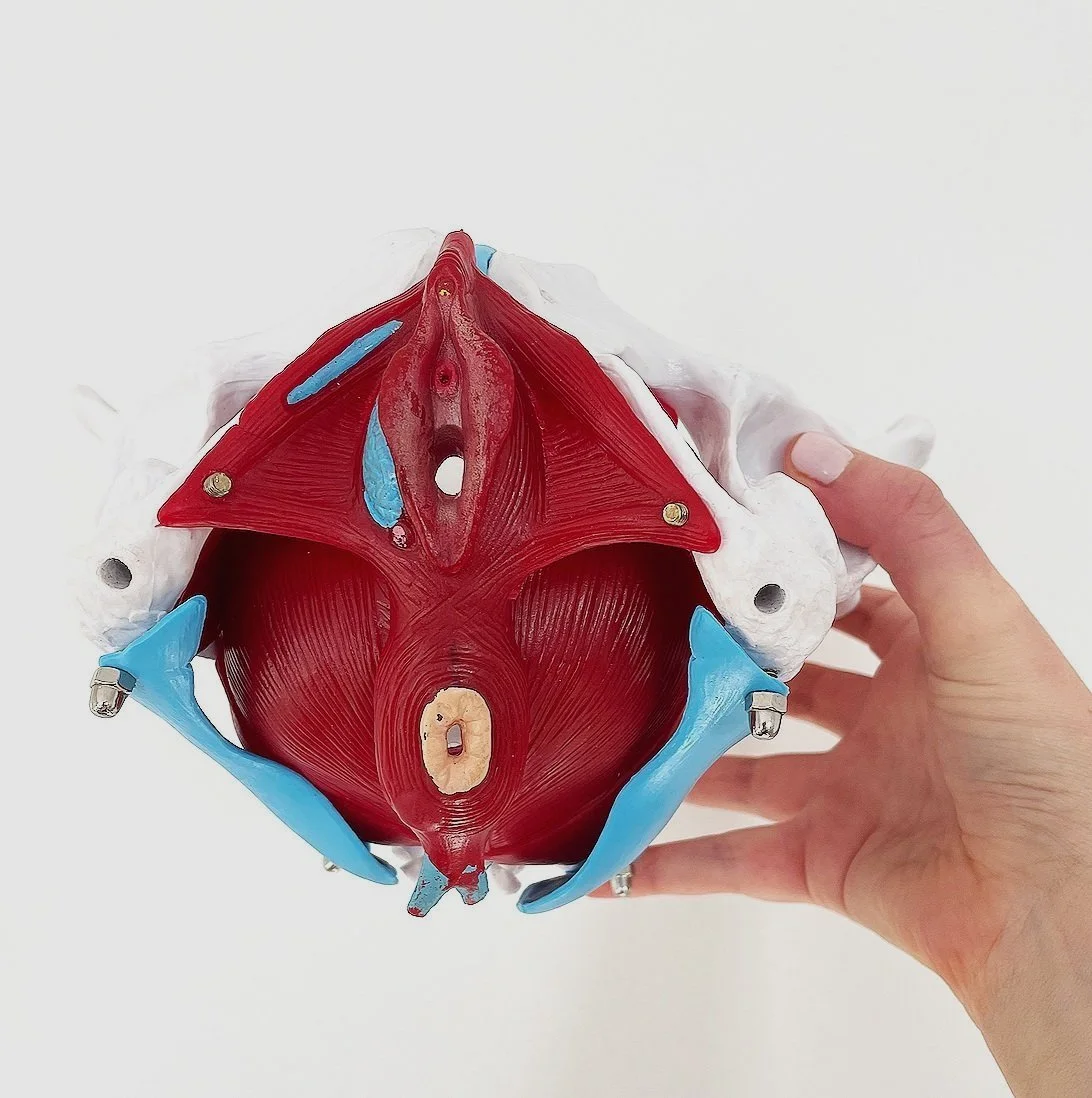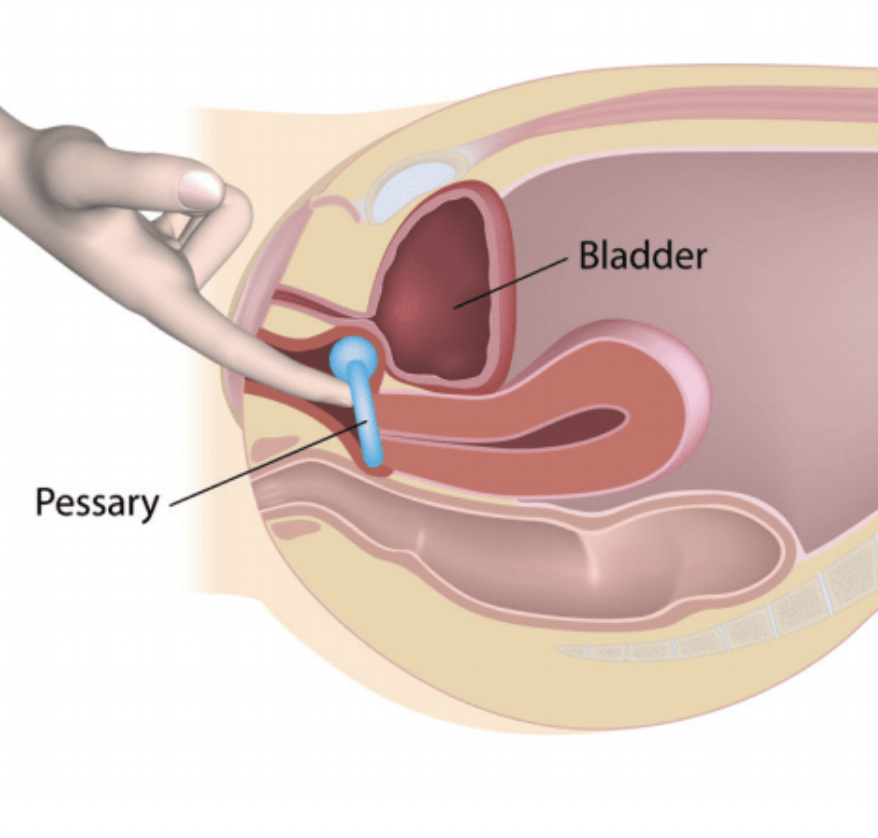
Prolapse
Up to 50% of women will have some form of prolapse, with 1 in 5 becoming symptomatic. Women’s Health physiotherapy should be considered as a first line treatment option before progressing to more invasive options such as surgery.
What is prolapse?
Image 1: normal pelvic organ anatomy. Image 2: bladder prolapse (cystocele) demonstrated where the bladder has begun to bulge into the vaginal canal.
Pelvic Organ Prolapse occurs when one or more of the pelvic organs (bladder, uterus or bowel) is insufficiently supported by the pelvic floor and is therefore able to bulge down into (or out of) the vagina.
Signs of prolapse include:
vaginal heaviness
a dragging sensation in the pelvis or lower back pain
a bulge felt inside or protruding from your vagina, the bulge may become irritated or sore
bladder concerns: difficulty emptying your bladder and/or incomplete emptying, weak urine stream, recurrent urinary tract infections
bowel concerns: difficulty emptying your bowels, needing to use your fingers to help evacuate your bowels
sexual concerns: pain with intercourse, less sensation
Do you suffer from any of the above symptoms? If so, download a free copy of our Prolapse Treatment Plan below to understand your treatment options and how women’s health physiotherapy can help manage your symptoms.
Physiotherapy Management
-

Pelvic floor program
OPTIMISE PELVIC FLOOR STRENGTH AND ENDURANCE TO IMPROVE PELVIC ORGAN SUPPORT
-

Exercise advice
PELVIC FLOOR SAFE EXERCISE ADVICE
-

Bowel management
IMPROVE BOWEL EMPTYING TO DECREASE PRESSURE ON PELVIC ORGANS
-

Lifestyle advice
MODIFY LIFTING TECHNIQUES AND OTHER ACTIVITIES OF DAILY LIVING
-

Vaginal Pessary
INSERTION OF A VAGINAL PESSARY TO PROVIDE ADDITIONAL SUPPORT TO PELVIC ORGANS
PESSARIES
What is a pessary?
A vaginal pessary is a silicone, medical grade device that you insert into your vagina. Once inserted, the pessary helps to support your prolapse so you are no longer able to feel a bulge.
Pessaries are soft and flexible, making them easy for you to insert and remove independently. Most pessaries will need to be removed and cleaned a few times per week. A well fitted pessary will not be felt by the user once it is inserted.
Pessaries need to be fitted by a professional with training in pessary prescription (such as our women’s health physiotherapists). There are many different shapes and sizes of pessaries, and your women’s health physiotherapist will ensure you are fitted with the correct one to maximise comfort, efficacy and safety.
If the pessary is effective at managing your symptoms, then it may delay or completely defer the need for surgical management.


